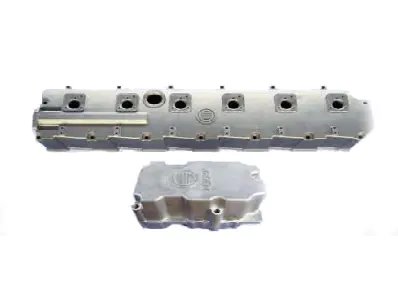Die Casting with Zinc Alloy: Key Points to Remember
Eathu
Points to Consider for High-Quality Zinc Alloy Die Casting
To ensure the production of high-quality zinc alloy die-casting parts, it is crucial to pay attention to the following factors in the zinc alloy die-casting process.
1. Temperature Control: The recommended furnace temperature for zinc alloy is between 415-430℃. For thin-walled parts and complex zinc alloys, the upper limit of the die-casting temperature can be approached but should not exceed 430℃. It is important to note that higher furnace temperatures result in increased slag content. The temperature can be assessed by the following observations:
1.1. The melt should not be too viscous after scraping the slag, and the slagging should not occur rapidly. These indicate that the temperature is appropriate.
1.2. If the melt is too viscous, it indicates that the temperature is too low.
1.3. If a layer of hoar frost quickly appears on the liquid surface after scraping the slag, accompanied by a red color and fast slag rise, the temperature is too high and should be promptly adjusted.
2. Furnace Temperature Management: The temperature in the furnace can be regulated through the following measures during the die-casting process:
2.1. There may be a disparity between the actual temperature of the die-casting machine and the displayed furnace temperature. Regular checks with a portable thermometer can ensure accurate readings.
2.2. If feasible, using a centralized smelting furnace and a die-casting machine furnace as holding furnaces can minimize temperature fluctuations when melting zinc ingots. Concentrated smelting helps maintain the stability of the alloy composition. Alternatively, advanced metal liquid automatic feeding systems can be employed to maintain consistent feeding speed, alloy liquid temperature, and zinc pot liquid level.
2.3. If adding material directly into the zinc pot, it is advisable to add multiple small alloy ingots instead of a single large one. This helps reduce temperature changes resulting from the addition.
2.4. Preheating the zinc alloy ingot is necessary.
3. Optimization of Peripheral Equipment: During the die-casting process, the use of peripheral equipment such as molds, lubricants, and spraying systems plays an essential role in ensuring high-quality die-casting. Proper maintenance and regular inspections are crucial for optimal performance.
By considering these factors and implementing appropriate measures, high-quality zinc alloy die-casting parts can be consistently produced.


